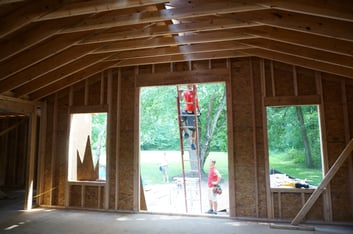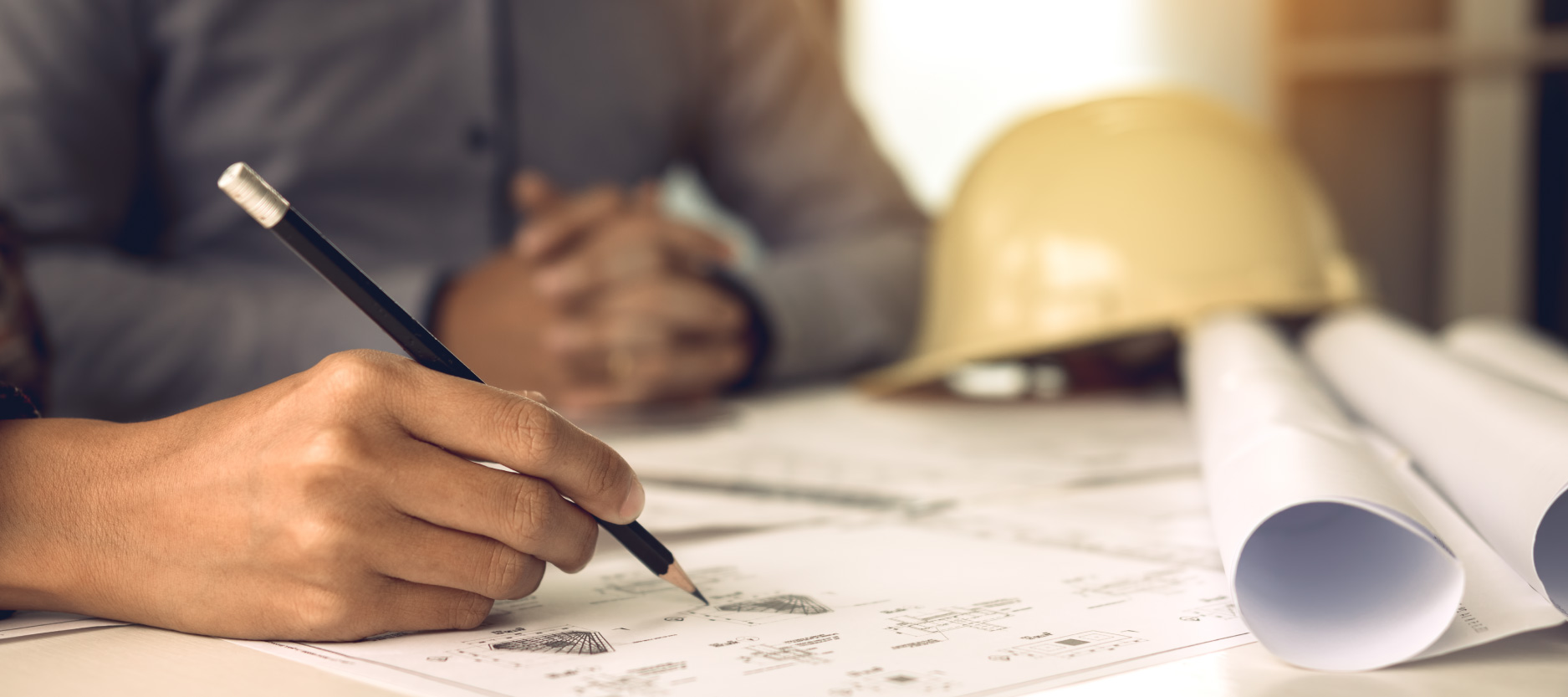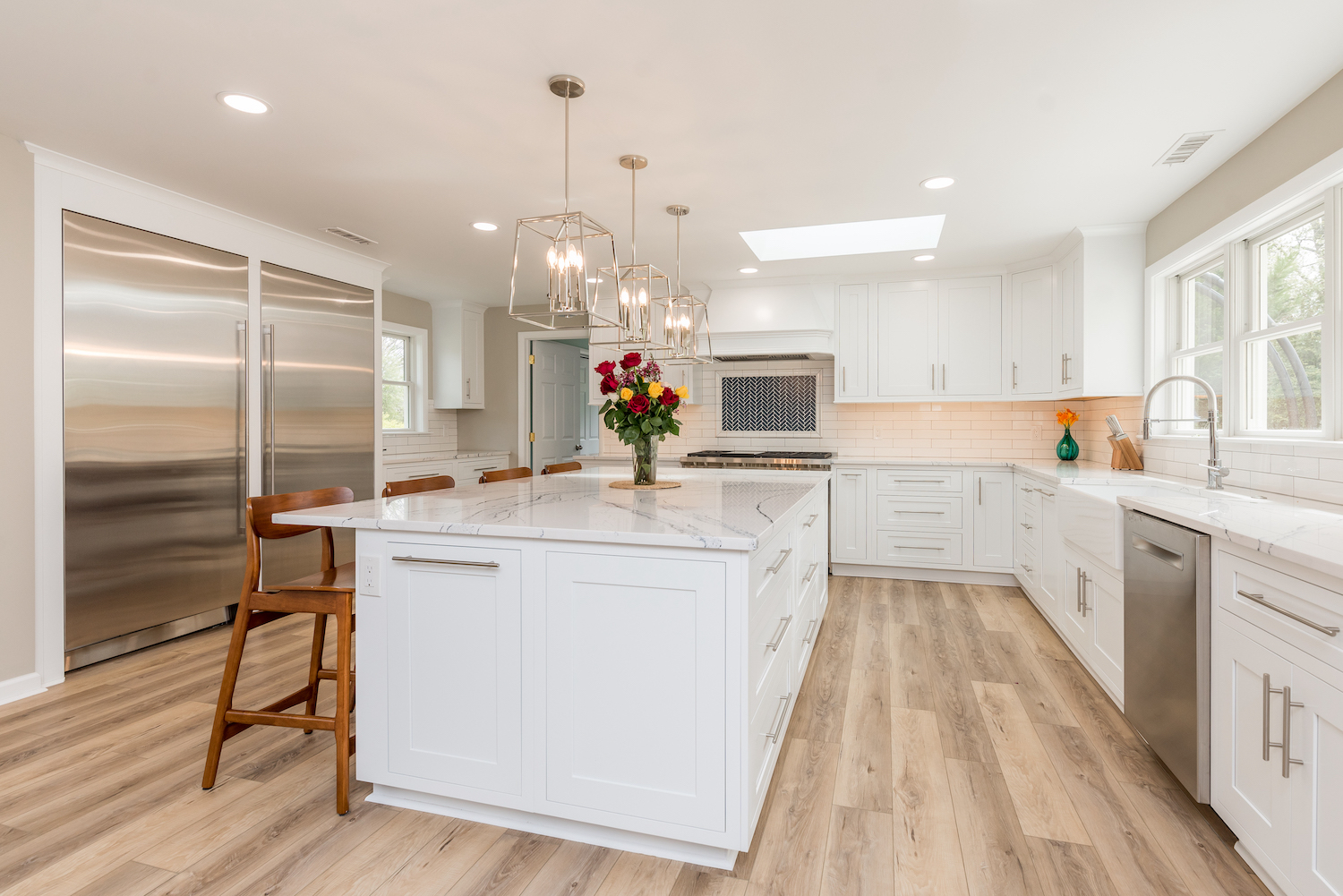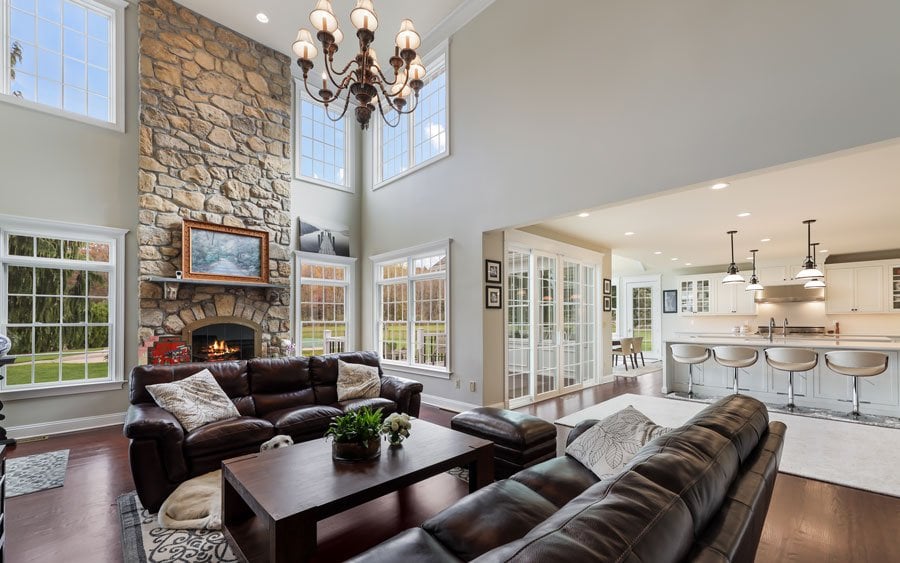For most of us, homes are not only where we live but also our single biggest investment. As a living space, a home's design and condition impact our lives day in and day out. As an investment, we seek to preserve and enhance value in the marketplace.
 When considering remodeling and improvement projects, we must consider both roles. In general, a well-maintained home yields better day-to-day service and long-term financial returns. Taking care of repairs as they arise makes sense, so problems are solved while still small, and the home remains a safe and comfortable place in which to live. Renovations, remodeling and other major home improvements are more complex, and require a larger budget.
When considering remodeling and improvement projects, we must consider both roles. In general, a well-maintained home yields better day-to-day service and long-term financial returns. Taking care of repairs as they arise makes sense, so problems are solved while still small, and the home remains a safe and comfortable place in which to live. Renovations, remodeling and other major home improvements are more complex, and require a larger budget.
The best starting point is your own home improvement needs. How much more do you think you will enjoy your home if you remodel or put in an addition? How long do you think you'll stay in the house?
If you are planning to stay in the house ten years or more, most of your decision should be made based on how much the enhancements will improve your lifestyle.
If your length of stay is shorter, uncertain, or a contemplated project is quite large, you have to pay more attention to the improvement's impact on probable resale value.
While every real estate market is different, you probably already know quite a bit about your area's real estate market simply because you live there. With that knowledge and an understanding of the 5 D's of remodeling, you should be in a position to sort out all the advice you'll get from general contractors, neighbors, home magazines and family members. The five D's are:
- Distance
- Deficiency
- Distinctiveness
- Demand
- Degree
Remodeling Factor #1: Distance
Distance, or curb appeal, has to do with how well the property looks from the street before a person gets out of a car and takes a closer look. If someone doesn't have any interest at first glance, you'll never get them inside.
Things that give your home better curb appeal generally have a high rate of return. Landscaping, the front entrance, and the condition of the paint or siding are the biggest factors in curb appeal.
When it comes to landscaping, nothing elaborate is necessary. Well-trimmed foundation plantings, potted plants at the corners of the front porch, a groomed lawn and mulched flower beds all contribute to the house's appeal. Flowers certainly add to curb appeal, but it may be better to add them at the last minute depending on seasonal considerations.
The front entrance can be a big draw and seems to play a large role in curb appeal. The door should be in good shape with a fresh coat of paint. New hardware can also upgrade its appearance. If the houses on your street look alike, it might be worth adding more elaborate door trim, flanking windows and/or a sharp looking stoop or porch.
The paint should be in good shape. Sometimes a thorough washing can freshen the look of paint or siding. Also, make sure the shutters are in good shape and hung straight.
Remodeling Factor #2: Deficiency
Deficiency has to do with whether or not your house is flawed compared to nearby homes.
If you have one bath, for example, and everyone else in the neighborhood has three, adding a bath is likely to have a relatively high return.
Obvious deficiencies substantially reduce the value of the home. People tend to lower the offering price by an amount greater than the actual cost of the remodel or addition. Taking care of such problems not only makes sense in terms of resale value but also will make your stay in the home more pleasant.
Remodeling Factor #3: Distinctiveness
Distinctiveness is the one thing most people talk about. In fact, it's what your realtor and you talk about when you describe the house to others.
When people buy a house, they tend to buy on emotion and then back up the decision with rational considerations. A key to selling a house at a good price is to get the buyer emotionally interested in the home.
Homes generally sell better if they have two or three special or distinctive features. A walk-in closet, a whirlpool bath, a fireplace, attractive landscaping or a grand foyer can separate your home from the crowd and stir interest for buyers. These special features become very important in a competitive real estate market where a lot of similar homes are on the market.
Remodeling Factor #4: Demand
While the special features that make up distinctiveness are important, they are of no help and can even lower the value if these features are not widely in demand.
You may think a whirlpool in the living room will give your home a terrifically distinctive character, but if those looking to buy your house don't see that as valuable, you may actually reduce the value of your home by adding the feature.
Anything zany or out of character with the neighborhood should be avoided. For example, an ornate fireplace with a sculpted marble mantel may add plenty of value in an upscale neighborhood of $500,000 homes. But the same fireplace may be seen as difficult to clean and not energy efficient in a working class neighborhood.
Limit improvements to those for which there is documented demand.
Look at new model homes to verify that features you're considering adding are present in those homes. If the builders, with all their market research and surveys, aren't including the feature, you can bet that the market for it is limited.
Remodeling Factor #5: Degree
Remember things need to be done by degrees. No matter what you do, don't overdo it. If the front entrance is attractive already, renovating it in a new color will rarely be worth the cost.
Whether enhancing how your home looks from a distance, adding distinctiveness, or addressing deficiencies, one can usually get a fairly high rate of return up to some point. After that the rate of return drops off markedly.
If your house is the only one on the street with only one bath, spending $35,000 on a bathroom addition might yield a return of $6,000 to $8,000 in terms of resale value. However, adding a bath that costs $50,000 or more may also yield an increased value of only $6,000 to $8,000.
If the house already has a number of special features, each added one would have a relatively smaller impact on resale value.
The best resource for getting more information on how various improvements might affect resale value is a real estate professional who knows the market in your neighborhood. Discuss the five D's with them, and you should come away with a pretty good idea of where you stand.
Just keep in mind that only you can determine what the improvement means in terms of your enjoyment of the house while you continue to live there.
Source





